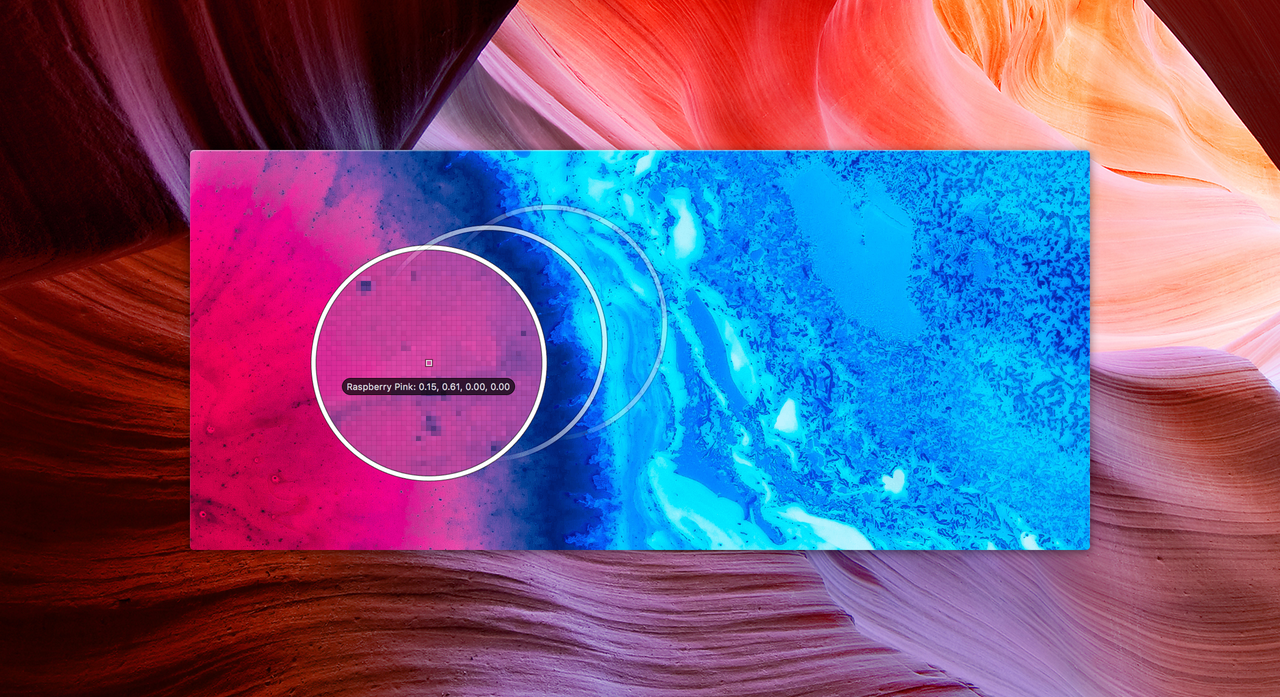
Aquarela instead suggests that while we may be ravaging nature now, the earth will ultimately live on-not us. Kossakovsky elects to gradually delete humans from his shots, twisting the traditional narrative that humans will destroy nature. The subtext is clear: earth’s water is immense, and it is angry.Īquarela provides a visual clarion call amid a flurry of prestige projects coming out this year, from Leonardo DiCaprio’s hopeful Ice on Fire to Netflix’s Our Planet, an eight-episode documentary that spans the globe, highlighting species and ecosystems imperiled by our warming world.

We travel west to Greenland, where the booms of calving glaciers echo like thunder across the landscape to California’s Oroville Dam, on the brink of collapse during the epic floods of February 2017 to an empty, cobalt-washed Miami in the howling throes of Hurricane Irma. Instead, the only human conversation comes in the beginning, when we are placed at the center of a terrifying scene on southern Siberia’s Lake Baikal, where unsuspecting people keep driving their vehicles, one after another, through prematurely thawed sections of ice.įrom there, Kossakovsky’s water world melts. Set to a jarring mixture of gut-crunching cello-metal tracks and the sounds of water in various stages of infuriated flux, Aquarela (“watercolor” in Portuguese) is meant to be uncomfortable. How can we get the frightening reality across? Have we run out of options?Īcclaimed Russian director Victor Kossakovsky’s film Aquarela, which hits select theaters on August 16, is a bold, thoroughly weird, high-def attempt to reimagine the climate-change message.

And yet many people in the U.S., including its most powerful man, continue to deny that there’s a problem. The disastrous effects of hot-boxing the atmosphere were once problems for the future.


 0 kommentar(er)
0 kommentar(er)
